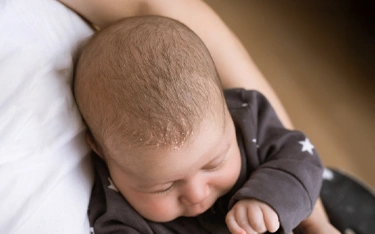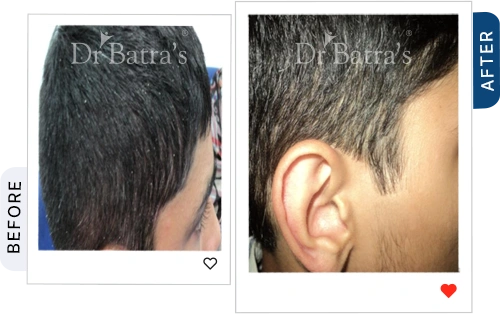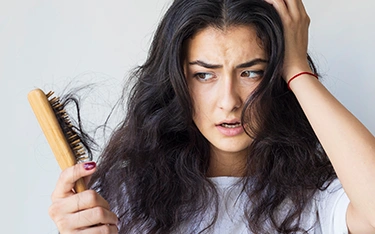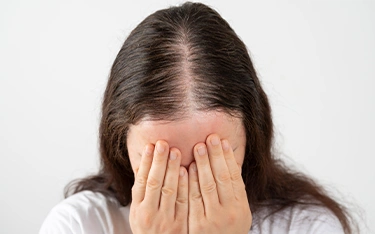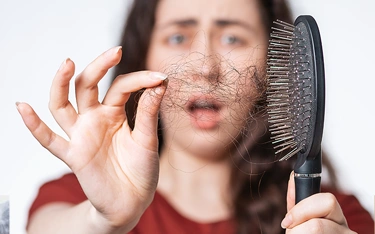FAQs
Mild cases can be treated with gentle scalp care, moisturising oils, and baby shampoos. Severe cases may need medicated treatments or homeopathy.
Most cases clear up within a few weeks to months. However, some babies may experience recurrences until their oil production normalises.
Coconut oil moisturises and helps loosen flakes but may not completely cure the cradle cap. For persistent cases, homeopathy is a safer long-term option.
A mild, fragrance-free baby shampoo with natural moisturising ingredients is best. Avoid products with harsh sulfates.
Consult a doctor if: The scales spread beyond the scalp. There is redness, swelling, or oozing (signs of infection). The condition does not improve with regular care.
